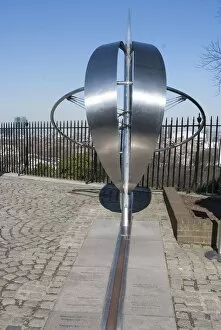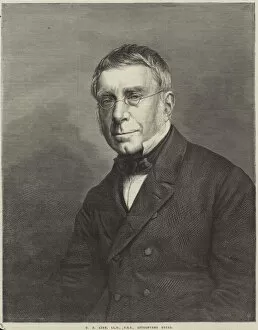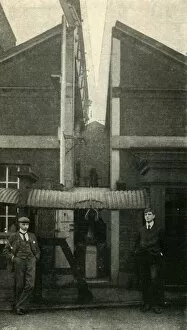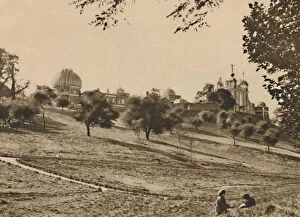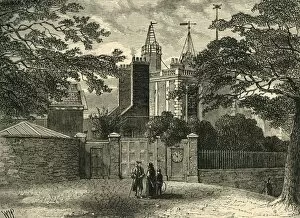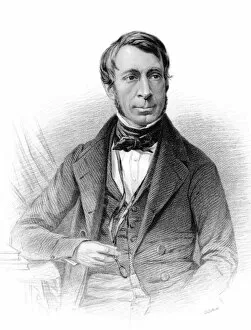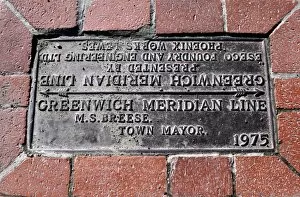Prime Meridian Collection
Discover the significance of the Prime Meridian, the line of longitude passing through Greenwich, London, England, which marked the beginning of all time measurements
For sale as Licensed Images
Choose your image, Select your licence and Download the media
Discover the significance of the Prime Meridian, the line of longitude passing through Greenwich, London, England, which marked the beginning of all time measurements. This meridian, represented in various maps and engravings since the 19th century, including George Biddell Airy's work, became the universal reference for calculating time. Airy, a renowned British astronomer, played a crucial role in establishing the Prime Meridian as the standard. In Greenwich Park, the entrance to the observatory stands proudly, where Airy once worked, and the Prime Meridian marker remains, marking the connection between the celestial and terrestrial worlds. From this little hill, time and longitude are measured, as seen in maps like Ethel Davies' color lithograph and the Meridian of Greenwich from 1901. Even in modern times, the Prime Meridian continues to be relevant, as evidenced by radar maps of planets like Venus, demonstrating the enduring impact of this historical milestone.

